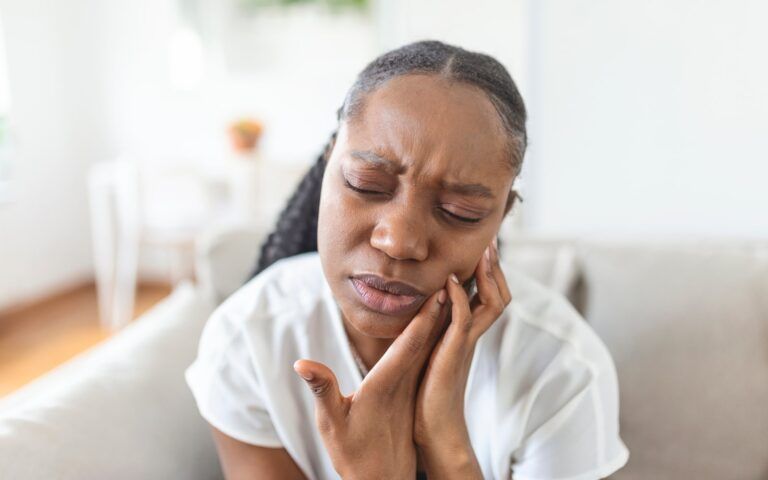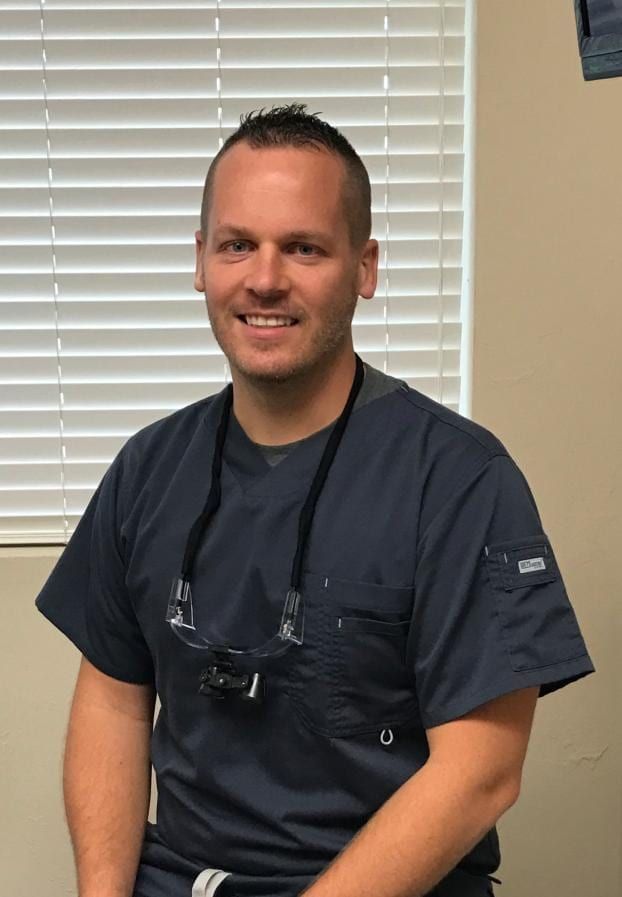There are aspects of orthodontic treatment that some patients have found intimidating. As time has passed, new orthodontic methods and treatments have been introduced to address these aspects. These advances have made orthodontic care more accessible to patients everywhere. Even those with dental anxiety tend to find these approaches more palatable. With modern processes, discomfort following orthodontic care is remarkably rare. If discomfort does appear after treatment, it generally lasts no more than 14 days. It was remarkably easy to manage during that time using the following methods.
Conservative Approaches For Treating Mild Orthodontic Pain
The mild discomfort after orthodontic care is mostly caused by inflammation and soreness. In most cases, no treatment needs to be done due to the mild nature of this discomfort. However, some patients may desire a method of addressing this experience. Below are some of the most common methods used to help these patients.
- NSAIDs – This term defines a range of medications commonly used worldwide by people every day. The term NSAID is an abbreviation for Non-Steroidal Anti-Inflammatory Drugs. Inflammation is one of the most common causes of discomfort following orthodontic care. You’ve probably encountered several members of this family of medications in the form of Ibuprofen, Naproxen Sodium, and Midol.
- Analgesics – These medications work alongside NSAIDs to provide meaningful relief. They accomplish this by reducing the body’s ability to experience pain. This does not actually remove the discomfort but masks it. Together with an NSAID, this produces even greater results as the underlying source of the pain is eased. The analgesic then soothes the rest of the pain by reducing the body’s ability to perceive it. Acetaminophen is the most common form of this medication sold today.
- Cold Therapy – Applying cold to sore and inflamed areas is an effective way of reducing inflammation. Cold also reduces our ability to experience pain, making it helpful for post-orthodontic pain in two ways. Cold should be applied to the pained area for no more than 15 minutes at a time and allowed to warm up in between. Cold drinks, ice cream, sucking on ice, and other cold foods can all be helpful in getting this kind of relief. You can also apply cold packs to the sore region.
- Dietary Restrictions – Eating certain foods can aggravate the kind of discomfort you’ll experience during your orthodontic treatment. While the need to avoid eating sugary, acidic foods is obvious, there are other culprits with orthodontic pain. You need to especially avoid hard, crunchy, and chewy foods, which can strain your orthodontic appliance.
These are all ways of managing minor orthodontic pain.
One Final Comment on Orthodontic Pain
You need to be certain that you inform your dentist if you experience significant discomfort after your treatment. While most discomfort you’ll experience will be mild, it can still indicate greater problems. Don’t take chances with your care; check-in with your dentist frequently throughout the treatment period.


